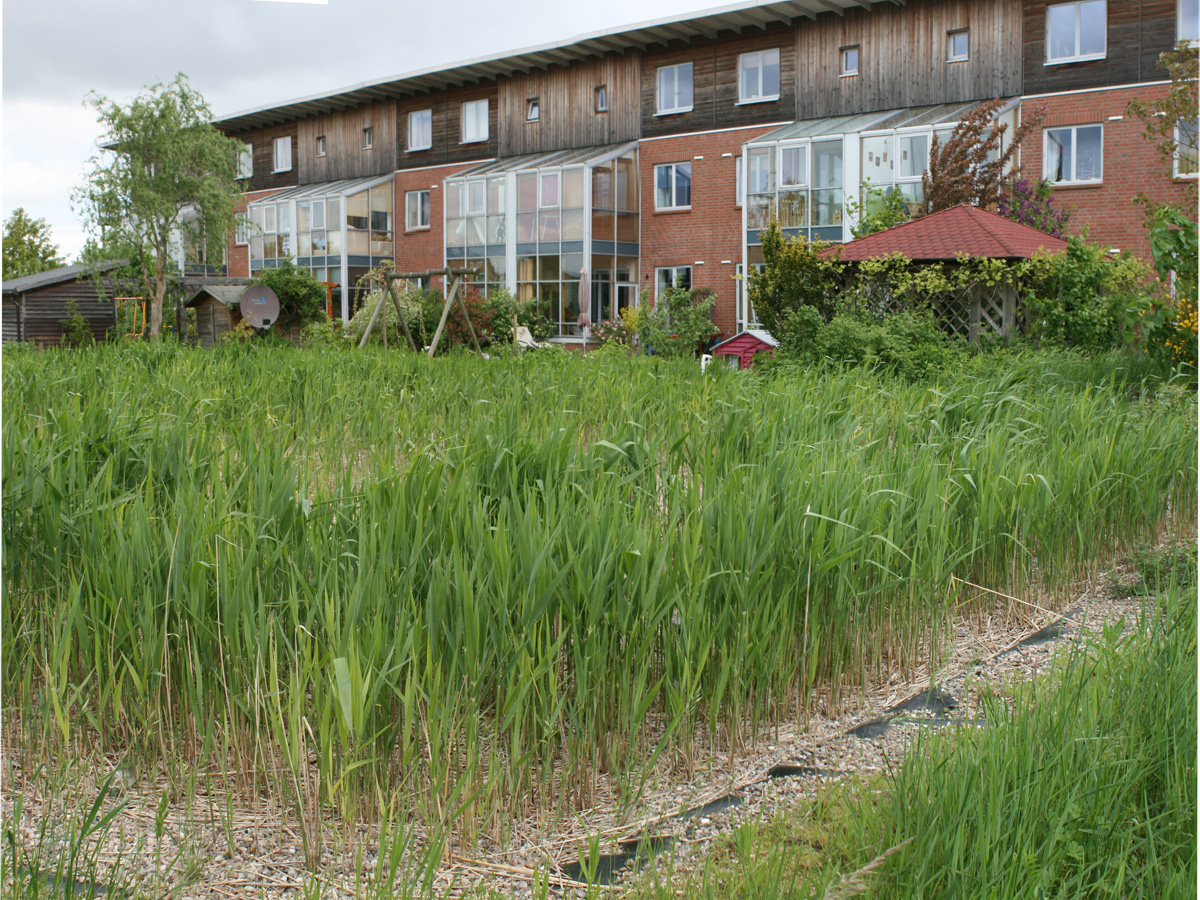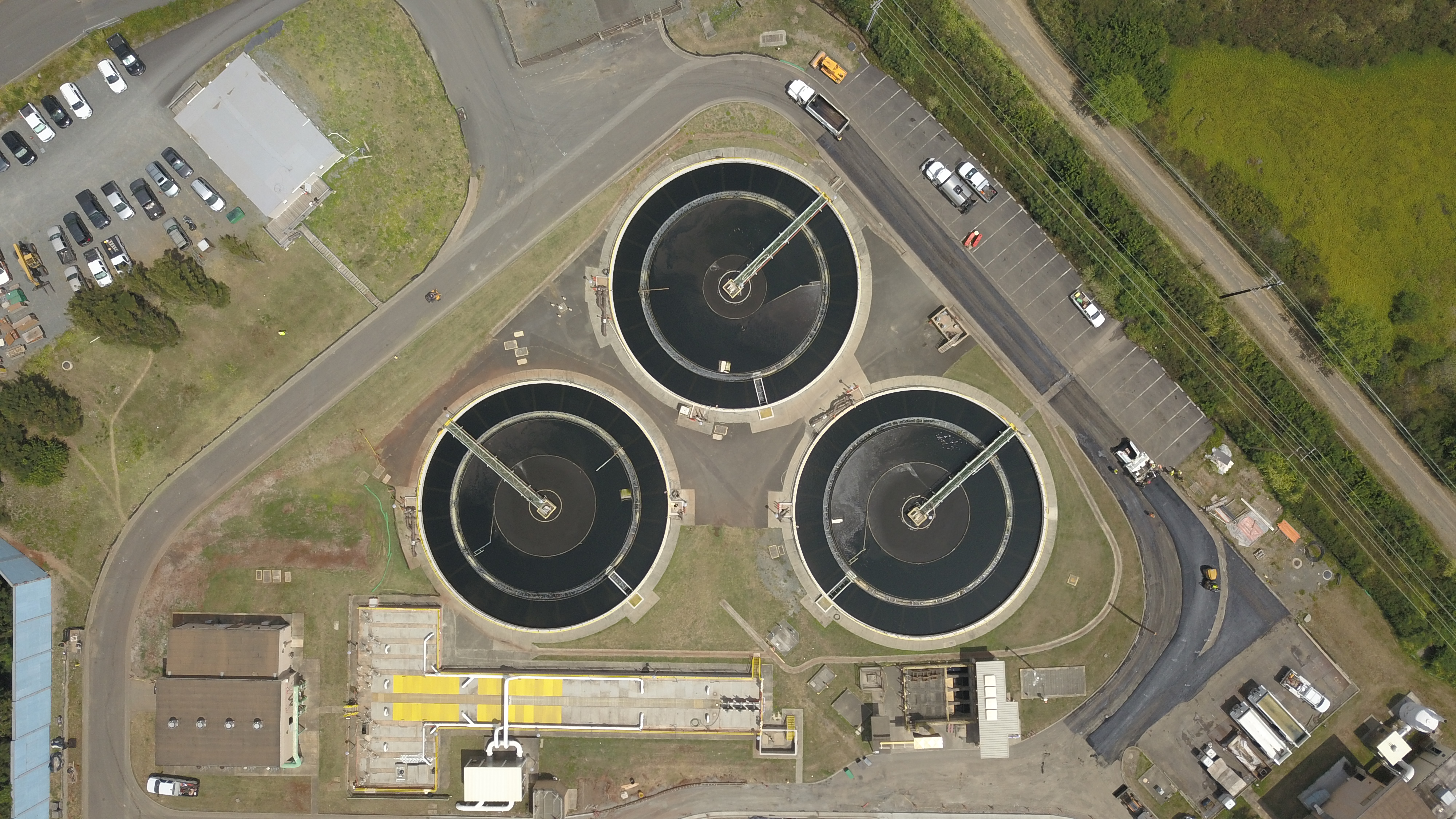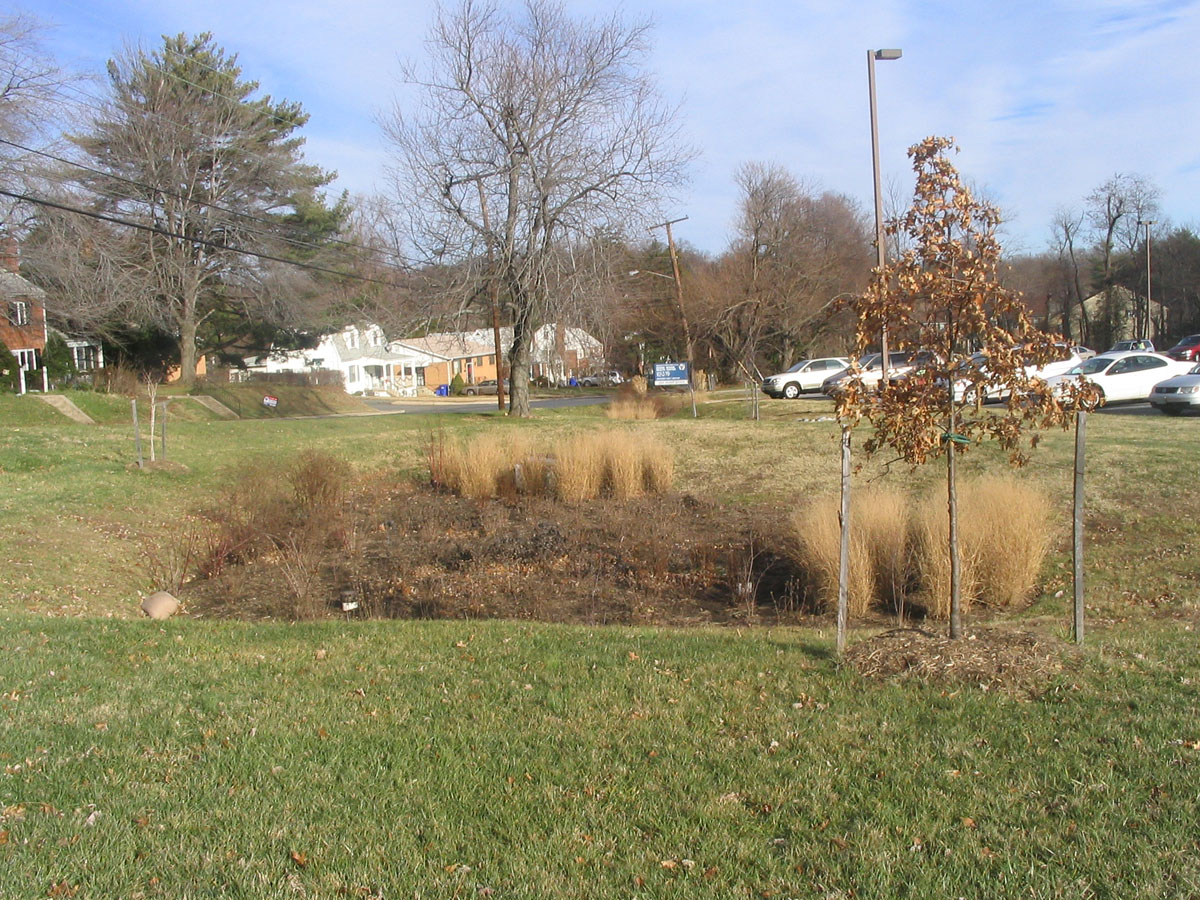|
List Of Wastewater Treatment Technologies
This page consists of a list of wastewater treatment technologies: See also *Agricultural wastewater treatment *Industrial wastewater treatment *List of solid waste treatment technologies * Waste treatment technologies *Water purification *Sewage sludge treatment Sewage sludge treatment describes the processes used to manage and dispose of sewage sludge produced during sewage treatment. Sludge treatment is focused on reducing sludge weight and volume to reduce transportation and disposal costs, and on red ... References * * Industrial Wastewater Treatment Technology DatabaseEPA. {{DEFAULTSORT:List Of Waste Water Treatment Technologies Chemical processes Environmental engineering *List Water pollution Water technology Waste-water treatment technologies Sanitation ... [...More Info...] [...Related Items...] OR: [Wikipedia] [Google] [Baidu] |
Wastewater Treatment
Wastewater treatment is a process used to remove contaminants from wastewater and convert it into an effluent that can be returned to the water cycle. Once returned to the water cycle, the effluent creates an acceptable impact on the environment or is reused for various purposes (called water reclamation). The treatment process takes place in a wastewater treatment plant. There are several kinds of wastewater which are treated at the appropriate type of wastewater treatment plant. For domestic wastewater (also called municipal wastewater or sewage), the treatment plant is called a sewage treatment plant. For industrial wastewater, treatment either takes place in a separate industrial wastewater treatment plant, or in a sewage treatment plant (usually after some form of pre-treatment). Further types of wastewater treatment plants include agricultural wastewater treatment plants and leachate treatment plants. Processes commonly used in wastewater treatment include phase sepa ... [...More Info...] [...Related Items...] OR: [Wikipedia] [Google] [Baidu] |
Belt Filter
The belt filter (sometimes called a belt press filter, or belt filter press) is an industrial machine, used for solid/liquid separation processes, particularly the dewatering of sludges in the chemical industry, mining and water treatment. Belt filter presses are also used in the production of Apple cider#Commercial production, apple juice, cider and winemaking. The process of filtration is primarily obtained by passing a pair of Filter (chemistry), filtering cloths and belts through a system of rollers. The system takes a sludge or slurry as a feed, and separates it into a filtrate and a solid cake. Applications The belt filter is mainly used for dewatering of sludge and slurry and juice extraction from apples, pears and other fruits, as well as grapes for winemaking, etc. Belt filters are used both municipally and industrially in a range of areas including urban sewage treatment, sewage and industrial wastewater treatment, wastewater treatment, metallurgy and mining, steel plan ... [...More Info...] [...Related Items...] OR: [Wikipedia] [Google] [Baidu] |
Cross-flow Filtration
In chemical engineering, biochemical engineering and protein purification, crossflow filtration (also known as tangential flow filtration) is a type of filtration (a particular unit operation). Crossflow filtration is different from dead-end filtration in which the feed is passed through a membrane or bed, the solids being trapped in the filter and the filtrate being released at the other end. Cross-flow filtration gets its name because the majority of the feed flow travels tangentially ''across'' the surface of the filter, rather than into the filter. The principal advantage of this is that the filter cake (which can blind the filter) is substantially washed away during the filtration process, increasing the length of time that a filter unit can be operational. It can be a continuous process, unlike batch-wise dead-end filtration. This type of filtration is typically selected for feeds containing a high proportion of small particle size solids (where the permeate is of most val ... [...More Info...] [...Related Items...] OR: [Wikipedia] [Google] [Baidu] |
Constructed Wetland
A constructed wetland is an artificial wetland to treat sewage, greywater, stormwater runoff or industrial wastewater. It may also be designed for land reclamation after mining, or as a mitigation step for natural areas lost to land development. Constructed wetlands are engineered systems that use the natural functions of vegetation, soil, and organisms to provide secondary treatment to wastewater. The design of the constructed wetland has to be adjusted according to the type of wastewater to be treated. Constructed wetlands have been used in both centralized and decentralized wastewater systems. Primary treatment is recommended when there is a large amount of suspended solids or soluble organic matter (measured as biochemical oxygen demand and chemical oxygen demand). Similar to natural wetlands, constructed wetlands also act as a biofilter and/or can remove a range of pollutants (such as organic matter, nutrients, pathogens, heavy metals) from the water. Constructed wetlands are ... [...More Info...] [...Related Items...] OR: [Wikipedia] [Google] [Baidu] |
Composting Toilet
A composting toilet is a type of dry toilet that treats human waste by a biological process called composting. This process leads to the decomposition of organic matter and turns human waste into compost-like material. Composting is carried out by microorganisms (mainly bacteria and fungi) under controlled aerobic conditions. Most composting toilets use no water for flushing and are therefore called "dry toilets". In many composting toilet designs, a carbon additive such as sawdust, coconut coir, or peat moss is added after each use. This practice creates air pockets in the human waste to promote aerobic decomposition. This also improves the carbon-to-nitrogen ratio and reduces potential odor. Most composting toilet systems rely on mesophilic composting. Longer retention time in the composting chamber also facilitates pathogen die-off. The end product can also be moved to a secondary system – usually another composting step – to allow more time for mesophilic composting t ... [...More Info...] [...Related Items...] OR: [Wikipedia] [Google] [Baidu] |
Coarse Bubble Diffusers
Coarse bubble diffusers are a pollution control technology used to aerate and or mix wastewater for sewage treatment. Description Coarse bubble diffusers produce 1/4 to 1/2 inch (6.4 to 13 mm) bubbles which rise rapidly from the floor of a wastewater treatment plant or sewage treatment plant tank. They are typically used in grit chambers, equalization basins, chlorine contact tanks, and aerobic digesters, and sometimes also in aeration tanks. Generally they are better at vertically "pumping" water than at mass transfer of oxygen. Coarse bubble diffusers typically provide half the mass transfer of oxygen as compared to fine bubble diffusers, given the same air volume. Application Often in non-Newtonian or pseudoplastic fluids, such as a digester with high solids concentration, it does make sense to use coarse bubble diffusers rather than fine bubble diffusers, due to the larger bubbles' ability to shear through more viscous wastewater. However, over the past two de ... [...More Info...] [...Related Items...] OR: [Wikipedia] [Google] [Baidu] |
Clarifier
Clarifiers are settling tanks built with mechanical means for continuous removal of solids being deposited by sedimentation. A clarifier is generally used to remove solid particulates or suspended solids from liquid for clarification and/or thickening. Inside the clarifier, solid contaminants will settle down to the bottom of the tank where it is collected by a scraper mechanism. Concentrated impurities, discharged from the bottom of the tank, are known as sludge, while the particles that float to the surface of the liquid are called scum. Applications Pretreatment Before the water enters the clarifier, coagulation and flocculation reagents, such as polyelectrolytes and ferric sulfate,Brentwood Industries, Inc. (2013)"Tube Settler Systems For Clarification." Accessed 14 October 2013. can be added. These reagents cause finely suspended particles to clump together and form larger and denser particles, called flocs, that settle more quickly and stably. This allows the separation of ... [...More Info...] [...Related Items...] OR: [Wikipedia] [Google] [Baidu] |
Chemical Addition Wastewater Treatment
A chemical substance is a form of matter having constant chemical composition and characteristic properties. Some references add that chemical substance cannot be separated into its constituent elements by physical separation methods, i.e., without breaking chemical bonds. Chemical substances can be simple substances (substances consisting of a single chemical element), chemical compounds, or alloys. Chemical substances are often called 'pure' to set them apart from mixtures. A common example of a chemical substance is pure water; it has the same properties and the same ratio of hydrogen to oxygen whether it is isolated from a river or made in a laboratory. Other chemical substances commonly encountered in pure form are diamond (carbon), gold, table salt (sodium chloride) and refined sugar (sucrose). However, in practice, no substance is entirely pure, and chemical purity is specified according to the intended use of the chemical. Chemical substances exist as solids, liquids, g ... [...More Info...] [...Related Items...] OR: [Wikipedia] [Google] [Baidu] |
Cesspit
A cesspit (or cesspool or soak pit in some contexts) is a term with various meanings: it is used to describe either an underground holding tank (sealed at the bottom) or a soak pit (not sealed at the bottom). It can be used for the temporary collection and storage of feces, excreta or fecal sludge as part of an on-site sanitation system and has some similarities with septic tanks or with soak pits. Traditionally, it was a deep cylindrical chamber dug into the ground, having approximate dimensions of 1 metre (3') diameter and 2–3 metres (6' to 10') depth. Their appearance was similar to that of a hand-dug water well. The pit can be lined with bricks or concrete, covered with a slab and needing to be emptied frequently when it is used like an underground holding tank. In other cases (if soil and groundwater conditions allow), it is not constructed watertight, to allow liquid to leach out (similar to a pit latrine or to a soak pit). Uses Holding tank In the UK a cesspit i ... [...More Info...] [...Related Items...] OR: [Wikipedia] [Google] [Baidu] |
Carbon Filtering
Carbon filtering is a method of filtering that uses a bed of activated carbon to remove impurities from a fluid using adsorption. Mechanism Carbon filtering works by adsorption, in which pollutants in the fluid to be treated are trapped inside the pore structure of a carbon substrate. The substrate is made of many carbon granules, each of which is itself highly porous. As a result, the substrate has a large surface area within which contaminants can be trapped. Activated carbon is typically used in filters, as it has been treated to have a much higher surface area than non treated carbon. One gram of activated carbon has a surface area in excess of 3,000 m2 (32,000 sq ft). Common uses Carbon filtering is commonly used for water purification, air filtering and industrial gas processing, for example the removal of siloxanes and hydrogen sulfide from biogas. It is also used in a number of other applications, including respirator masks, the purification of sugarcane, some methods of ... [...More Info...] [...Related Items...] OR: [Wikipedia] [Google] [Baidu] |
Capacitive Deionization
Capacitive deionization (CDI) is a technology to deionize water by applying an electrical potential difference over two electrodes, which are often made of porous carbon. In other words, CDI is an electro-sorption method using a combination of a sorption media and an electrical field to separate ions and charged particles. Anions, ions with a negative charge, are removed from the water and are stored in the positively polarized electrode. Likewise, cations (positive charge) are stored in the cathode, which is the negatively polarized electrode. Today, CDI is mainly used for the desalination of brackish water, which is water with a low or moderate salt concentration (below 10 g/L). Other technologies for the deionization of water are, amongst others, distillation, reverse osmosis and electrodialysis. Compared to reverse osmosis and distillation, CDI is considered to be an energy-efficient technology for brackish water desalination. This is mainly because CDI removes the salt ions fro ... [...More Info...] [...Related Items...] OR: [Wikipedia] [Google] [Baidu] |
Bioretention
Bioretention is the process in which contaminants and sedimentation are removed from stormwater runoff. The main objective of the bioretention cell is to attenuate peak runoff as well as to remove stormwater runoff pollutants. Construction of a bioretention area Stormwater is firstly directed into the designed treatment area, which conventionally consists of a sand bed (which serves as a transition to the actual soil), a filter media layer (which consists of layered materials of various composition), and plants atop the filter media. Various soil amendment such as water treatment residue (WTR), Coconut husk, biochar etc have been proposed over the years. These materials were reported to have enhanced performance in terms of pollutant removal. Runoff passes first over or through a sand bed, which slows the runoff's velocity, distributes it evenly along the length of the ponding area, which consists of a surface organic layer and/or groundcover and the underlying planting soil. ... [...More Info...] [...Related Items...] OR: [Wikipedia] [Google] [Baidu] |
.jpg)




